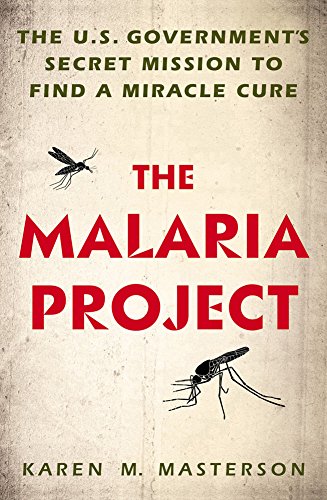
|
The malaria project : the U.S. government's secret mission to find a miracle cure
-- U.S. government's secret mission to find a miracle cure
Copies
0 Total copies, 0 Copies are in,
0 Copies are out.
Title
The malaria project : the U.S. government's secret mission to find a miracle cure -- U.S. government's secret mission to find a miracle cure
Call No
616.9 MAS
Authors
Subjects
Language
English
Published
New York, New York : New American Library, [2014].
Publication Desc
ix, 406 pages, 16 unnumbered pages of plates : illustrations ;
ISBN
9780451467324 (hc.)
LCCN
2014018351
Target Audience
All
Dimensions
24 cm.









